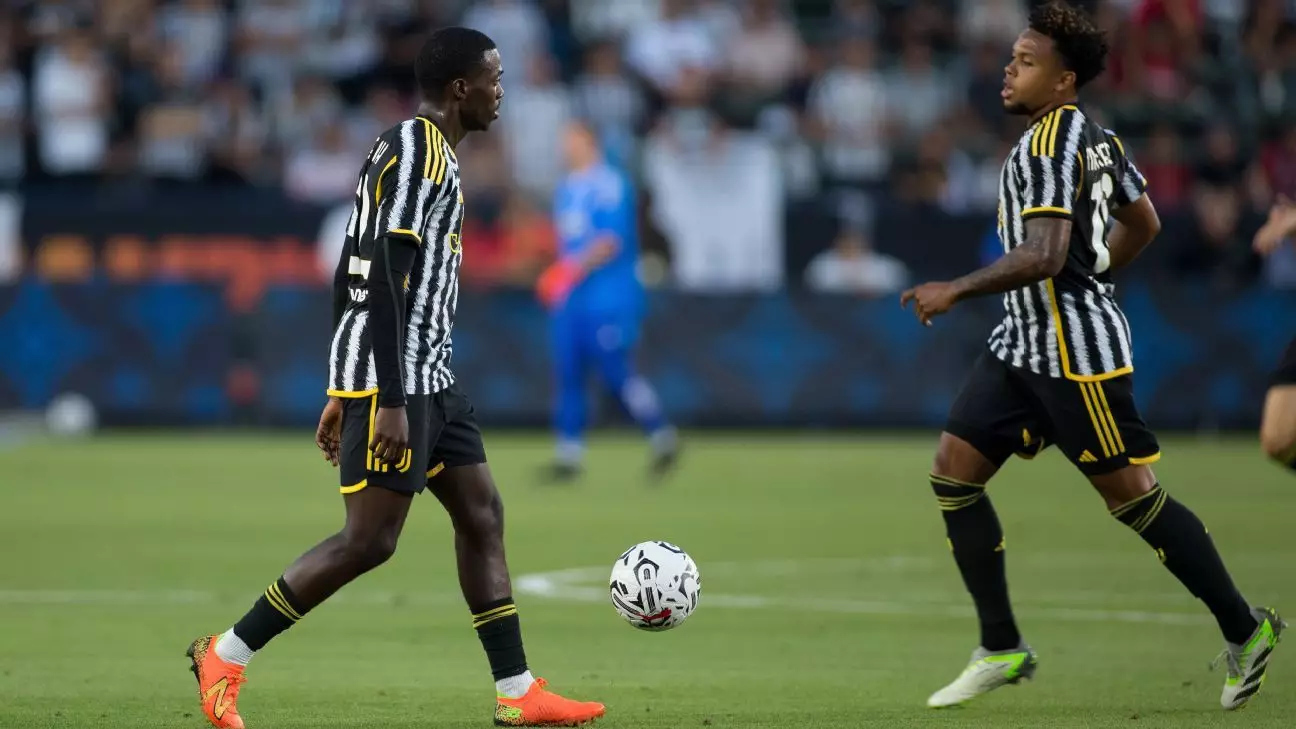The footballing world is abuzz with the upcoming 2025 FIFA Club World Cup, a tournament that promises to showcase the best clubs from across the globe. However, recent official documents from FIFA have stirred a significant controversy concerning player availability for national teams. The governing body of world football has announced that participating clubs will not be required to release players to their national teams during the Club World Cup, a decision that could have profound implications for the preparation of national teams, particularly for Canada, Mexico, and the United States as they gear up for the 2026 World Cup, which they will co-host.
Player Availability: A Major Concern
One of the most alarming aspects of FIFA’s regulations is the potential impact on player availability during the 2025 Concacaf Gold Cup. The Gold Cup serves not only as a continental championship but also as a crucial preparatory tournament for the upcoming World Cup. The exclusion of several key players could jeopardize the competitive readiness of these national teams. Star players like Alphonso Davies of Bayern Munich, Tajon Buchanan from Inter Milan, and Stephen Eustáquio of FC Porto represent talents that are not just valuable to their clubs but are also linchpins for their national squads.
This absence of top-tier talent could lead to a diminished performance on the field during the Gold Cup, impacting the confidence and cohesion of the teams. Similarly, the U.S. could enter the tournament without some of their critical players, including Weston McKennie and Gio Reyna. Losing key players at such a vital juncture in time raises the stakes for individual and team performance, potentially disrupting their strategies and long-term goals.
FIFA’s regulations, as spelled out in Section 22.5 of the official competition documents, state that clubs participating in the Club World Cup are not obliged to release players to their national teams during the tournament. This marks a significant shift from previous policies where international windows demanded player release for national representatives. The one exception in these regulations is the international window from June 2-10, which does not overlap with the start of either the Club World Cup or Gold Cup.
This policy could signal FIFA’s attempt to strengthen the Club World Cup’s stature in the global football calendar, possibly prioritizing club football over national team commitments. FIFA President Gianni Infantino’s ambition to cultivate such tournaments could be a move aimed at redirecting attention and revenue from competitions like the UEFA Champions League, despite the sacrifices it entails regarding national team preparation.
For the co-hosting nations, the 2025 Gold Cup is not merely another tournament; it is the final major opportunity to test their squads before the World Cup. With the tournament set to commence on June 14, just days after the international window, the stakes are exceptionally high. A lack of top players could hinder proper assessment and team dynamics, leading to subpar performance that might echo into the World Cup itself.
Concerns extend beyond just the immediate consequences of player inavailability. The Gold Cup serves as a litmus test for strategies and formations that the teams will likely employ at the World Cup. Without their strongest lineups, the nations risk muddling their preparation, and ultimately, their performance on the largest stage in football.
In light of these regulatory changes, responses from Concacaf and the respective national federations have been somewhat muted. A spokesperson expressed excitement about the Gold Cup but acknowledged the challenges FIFA’s regulations present. While the statement sought to highlight the tournament’s potential successes, it implicitly conveyed the unease regarding player availability and its implications for preparation ahead of the World Cup.
Moreover, while Mexico may not face the same degree of impact as its northern neighbors—since traditional clubs like Club America and Chivas de Guadalajara are not in the Club World Cup—there are still concerns about losing players such as Gerardo Arteaga or up-and-coming talents like Obed Vargas.
FIFA’s recent decision to allow clubs participating in the 2025 Club World Cup the option to withhold players from their national teams raises questions about the balance of interest between club glory and national pride. As the world looks forward to the three nations co-hosting the 2026 World Cup, the repercussions of this policy could lead to significant shifts in national team dynamics, tactical preparations, and ultimately, performance. The 2025 Gold Cup is not just a tournament; it is a vital pursuit of excellence for Canada, Mexico, and the United States—critical to their success in what promises to be a historic World Cup. The football community will undoubtedly be watching with great interest how this complex narrative unfolds.

Leave a Reply